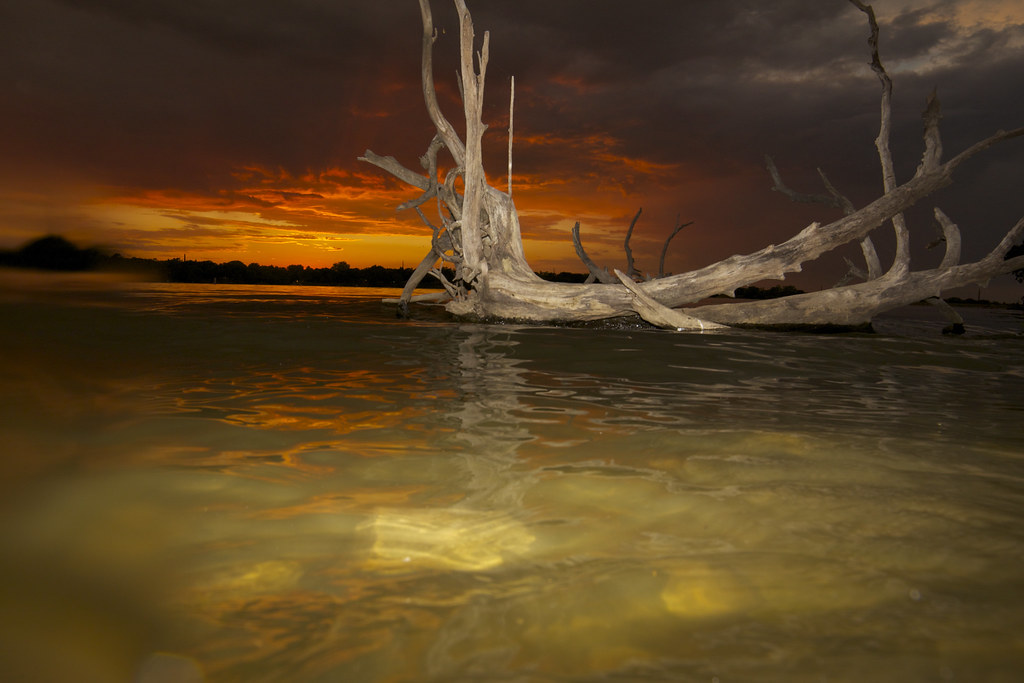 |
| this is the pic that prompted the question |
This is another one of those little things, where... I figure maybe it's a little specific, or not of interest, but then I realize that nobody really reads my blog anyway, and hell: I already did all the typing, so why not? I think it serves as a general overview of what it entails, producing a good shot. I suppose that to most people, it must seem like getting a good picture is perhaps the result of special equipment, or perhaps some sort of talent, or gift, but really it's just lots of carrying logs. And I think that because often the response I intuit after dispensing this kind of advice is that they were really hoping to know the secret, and that they don't believe me in my answer. But it is generally the secret that it's a lot of work.
Anyway: I got this question from an acquaintance, who had noticed some of my pictures:
Those colors on the sunset picture, is that a filter on your lens? Or Photoshop tweaking. Curious because my daughter wants to be a photographer.
And here's my reply:
it's a lot of things, all in combination. but (and I guess a lot of people often don't believe me on this): the majority of it is finding a sunset that looks like this. (same hold true for most of the stuff I do: the secret is finding something cool looking to start with). -so... I spend a lot of time sitting around in the middle of no-where, waiting. it's unpredictable when the colors and balance will be just right, so I usually start about 1/2 hour before the sun hits the horizon, and stay until about 1 hour after it's gone down. to get a typical sunset pic, I'll usually come home with about 700 frames. then I go through and find out what worked. in this case, and what tends to make pop-y colors, is that it was pretty much dark, and I brought the exposure back up on this. It's also a blend of a few exposures, and then I did a bunch of hand tweaking, to bring out detail in the clouds and the foreground mainly. basically 'dodging' to selectively lighten those areas. there's probably some minor white balance adjustment and saturation increase. I don't remember specifically.
but anyway: all that stuff is designed to bring back what the sunset actually looked like. you have to do all that because camera sensors aren't really as sensitive or hi-ranging as the eye, so all that stuff is compensating basically.
 |
| I think this is the most technically difficult sunset pic I've taken |
so no: no filter. thing is though, there's really no formula. each situation is going to be different, and most of what I described up there is in service of making sure I get enough different shots that I successfully capture the particular sunset well. of those 700 frames, probably 40 are worthwhile. and I'm really happy if I get 10 final pictures.
my general advice to a starting photographer is to get a camera with a manual mode and use it. that's about 85% of everything right there. there are pocket cameras that have manual (M) mode for under $200 new, or you can do like I did and get an old used DSLR. mine was $179. -there are a lot of really cheap cameras that can take really great pictures, but the problem is that if you use those, it's really the camera and its designers and engineers, who are doing most of the picture taking. you can get really good pictures, most of the time, but it's often difficult to capture the best picture, or the one you want to capture. -and before you can do that, you have to have lots of practice with what does what.
Thanks for reading,
Dave DeHetre
No comments:
Post a Comment